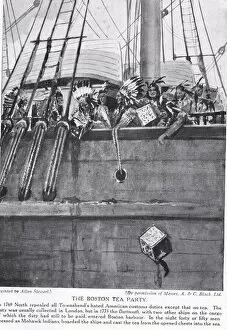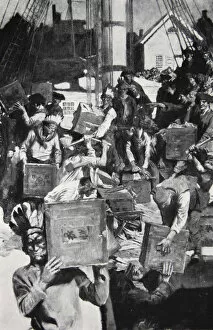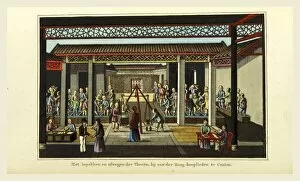Tea Trade Collection
Tea Trade: A Perilous Voyage from China's Canton to the Boston Harbor From the bustling tea warehouses of Canton (Guangzhou), merchants, primarily from the Dutch VOC
All Professionally Made to Order for Quick Shipping
Tea Trade: A Perilous Voyage from China's Canton to the Boston Harbor From the bustling tea warehouses of Canton (Guangzhou), merchants, primarily from the Dutch VOC, meticulously inspected and smelled the precious leaves for quality. Yet, the journey was far from over. Merchant ships, laden with this coveted commodity, faced the treacherous waters of the South China Sea, where Chinese pirates lurked, waiting to seize their valuable cargo. Fast forward to the shores of America, where the Boston Tea Party unfolded on the 16th of December, 1773. In defiance of British rule, colonists, disguised as Mohawk Indians, boarded three ships and dumped 342 chests of tea into the harbor. Back in China, the tea leaves continued their journey, this time to India, where the British East India Company established plantations, leading to the spread of tea culture. The leaves were carefully sorted, dried, and packaged, ready to be shipped back to Europe and the Americas once more. Amidst these historical moments, the tea trade remained a global phenomenon, shaping international relations and fueling economic growth. The aroma of tea leaves wafting through the air served as a constant reminder of the intricate web of commerce that connected the East and the West.












